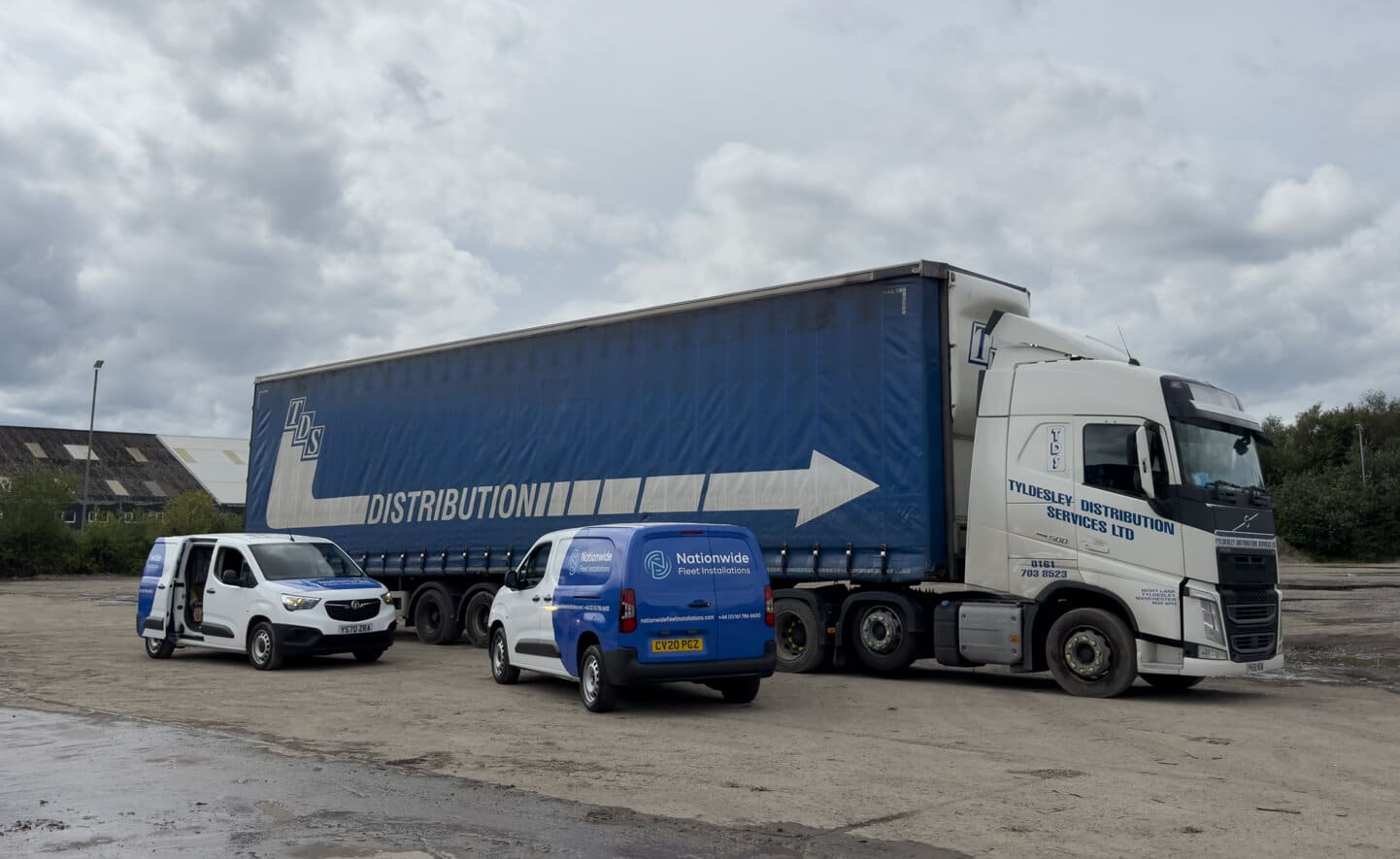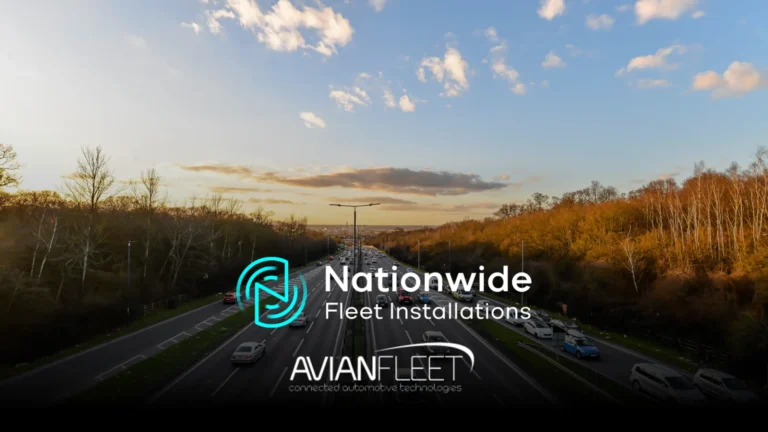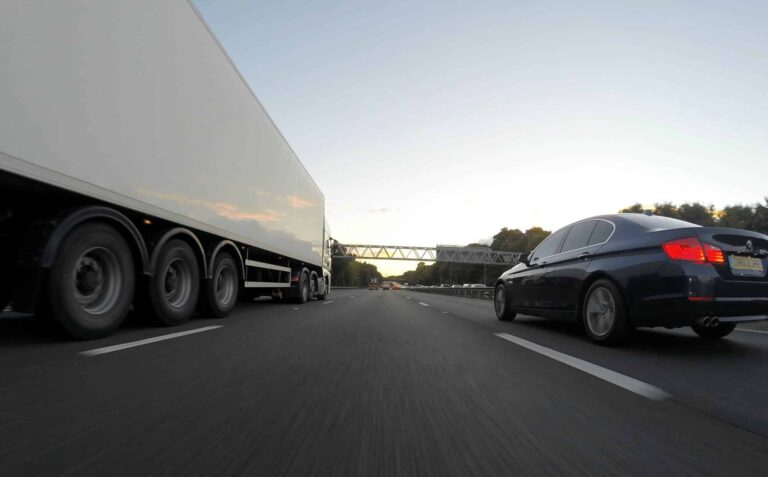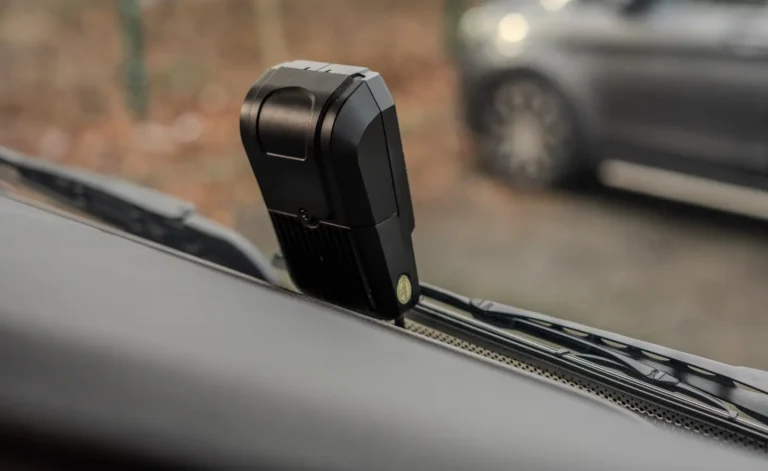Demystifying Fleet Terminology: MOIS and BSIS
As regular visitors to our site will know, we have been looking at various industry terms and jargon associated with fleet management. In this latest instalment, we will be spotlighting two crucial safety systems that have become quintessential tools for heavy goods vehicles operating within Greater London: the Moving Off Information System (MOIS) and the Blind Spot Information System (BSIS).
As the urban transport landscape continues to evolve, a proper understanding of this equipment and its role in road safety becomes ever more important.
The Push for Greater Safety: Understanding DVS Legislation
The Direct Vision Standard legislation (DVS) is key to making London’s roads a safer place for drivers and pedestrians alike. The legislation was introduced in 2019 and has been a resounding success, with fatal collisions where vision was a contributing factor reducing by half between 2018 and 2021 and reducing by half again between 2021 and 2023.
Since 2021, HGVs have had the quality of visibility from their cabs rated on a scale of 1 to 5 stars, with a one-star rating being the bare minimum for driving in the capital. From October 2024, the bar is due to be set even higher, with HGVs requiring at least a three-star rating to be allowed to operate within Greater London. Those vehicles that don’t meet the new DVS standard will need to integrate safety systems like MOIS and BSIS to mitigate their shortcomings.
Blind Spot Information System (BSIS): The Guardian Angel of the Nearside
HGVs are notorious for their expansive nearside blind spots, a largely unavoidable consequence due to the size of these vehicles. BSIS allows drivers to be aware of other road users coming up on their nearside, providing audio and visual warnings inside their cab. These systems are pivotal in preventing collisions while also minimising false alarms.
BSIS sensors are carefully calibrated to detect moving objects, such as cyclists and pedestrians, on the vehicle’s nearside. They are positioned to provide full coverage without interference from the HGV’s trailer. Should another road user enter the sensor’s range, the BSIS will alert the driver to the potential hazard, helping them to avoid a collision.
Moving Off Information System (MOIS): The Alert for Initial Movement
MOIS is another useful tool for eliminating blind spots for HGV drivers. When stationary at traffic lights or the side of the road, the HGV cabin doesn’t always provide a good vantage point for the driver to see who or what is directly in front of them on the road. This poses a significant risk to anyone who enters that blind spot unannounced. Much like the BSIS, the MOIS will detect any pedestrians, cyclists, or other vehicles immediately in front of them, alerting the driver to their presence once their sensors are triggered.
Imagine an HGV stopped at the traffic lights, and a cyclist enters the driver’s blind spot just as the lights are turning green. By permanently monitoring the front of the vehicle, the MOIS system will immediately detect the cyclist and issue an escalated warning to the driver to advise them of the risk of collision.
Why Are MOIS and BSIS So Important?
Anyone who has ever driven in the capital will know just how busy London streets can be, often crammed to capacity with vehicles, cyclists, and pedestrians. Imagine navigating those roads while dealing with notable blind spots to the front and nearside of your vehicle. MOIS and BSIS aren’t just about complying with legislation; they represent a commitment to road safety. They are more than just early warning systems; they are revolutionary, life-saving technologies that help you bridge the visibility gap and reduce the risk of tragic accidents.
Nationwide Fleet Installations: Your Partner in Compliance
Of course, understanding what MOIS and BSIS are on a technical level is just one piece of the puzzle. To get the full benefits of these essential safety systems, proper installation and calibration are crucial. That’s where we step in.
At Nationwide Fleet Installations, our skilled engineers have decades of fleet technology experience between them, including both BSIS and MOIS. They are adept at installing these systems, ensuring that your fleet isn’t just compliant but operating at the pinnacle of road safety.
In the dynamic world of fleet management, with its ever-evolving terminologies and regulatory standards, we are here to simplify, educate, and ensure that your vehicles are equipped for the future. Stay tuned as we continue to demystify more fleet terminology in our upcoming posts.
Get in touch
For professional MOIS and BSIS installation services performed by trained and experienced engineers, contact Nationwide Fleet Installations today. Call us on 0161 786 6600 or email the team at info@nationwidefleetinstallations.com to arrange a free consultation.







